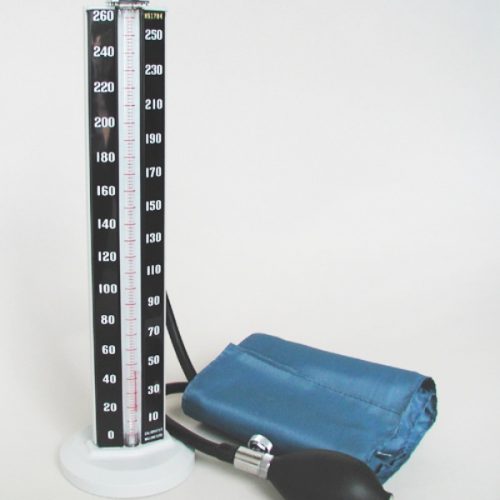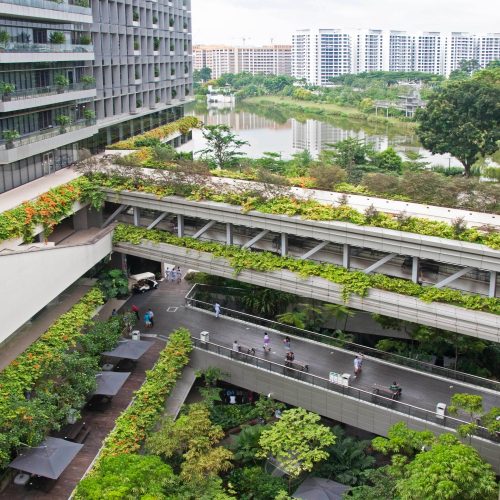Statistics on medical waste Heading link
-
13 kg Average amount of medical waste generated per bed each day in hospitals in high income countries.
-
4 % Global healthcare's share of worldwide greenhouse gas emissions.
-
10 % Medical waste incinerators may be responsible for 10 percent of mercury emissions.
Healthcare Research Collaborative Heading link
The Healthcare Research Collaborative at the UIC School of Public Health was developed to assist hospital and health system executives with research to guide sustainable choices in healthcare design, construction, operations and organization. Its mission is to stimulate the development, coordination and dissemination of research focused on the impact of the health care “built environment,” operations, and organization on patient, worker and environmental safety and sustainability. This interdisciplinary approach reflects the growing understanding among healthcare leaders that patient, provider, and community health and safety are profoundly interrelated. The Collaborative works closely with the Healthier Hospitals Initiative, a group of hospitals that are leading the way on sustainability, and with Practice Greenhealth, a membership and networking organization for hospitals engaged in sustainable health care.
Our areas of work Heading link





